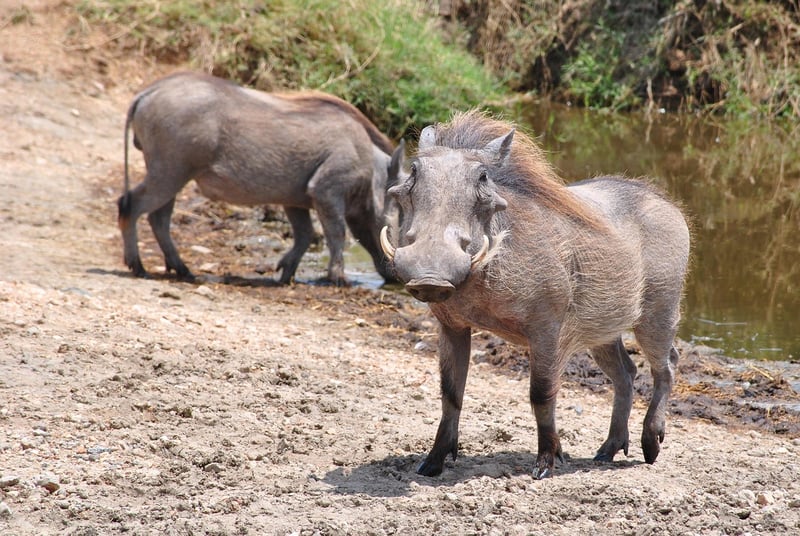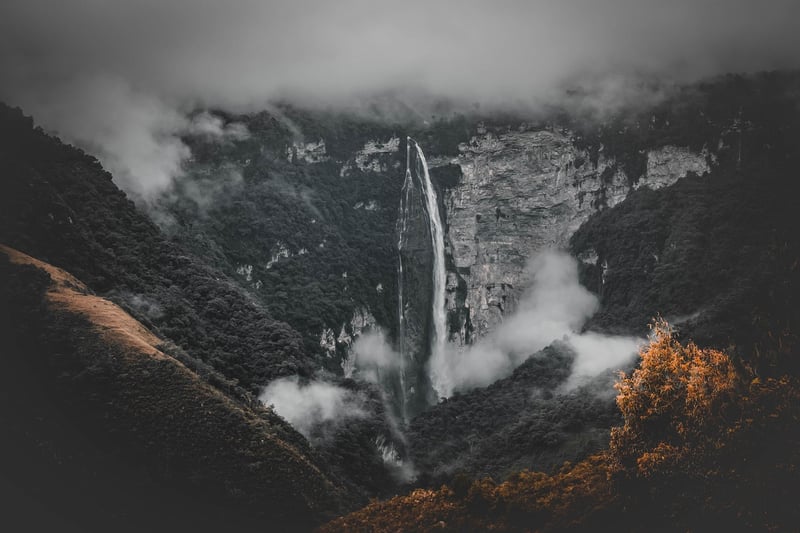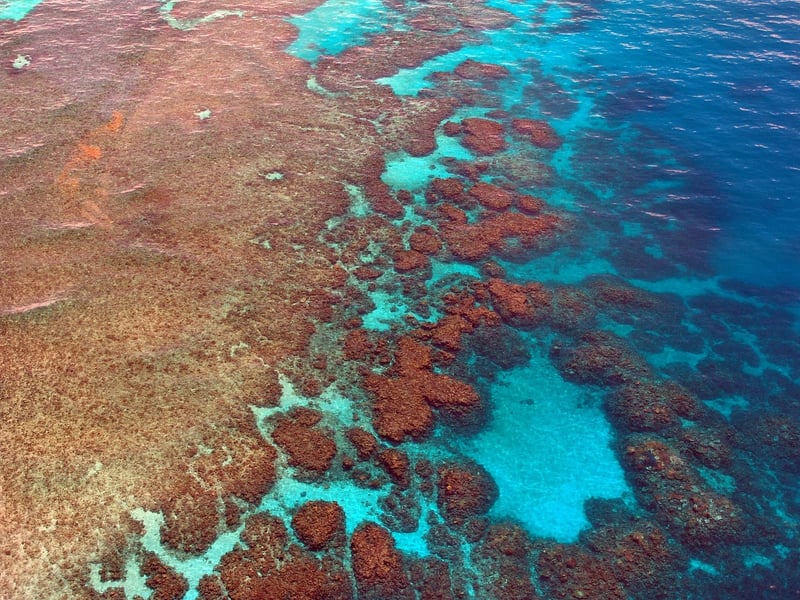Natural Sanctuaries
Connecting with the Great Outdoors: Exploring Natural Sanctuaries
Are you someone who craves the tranquility and beauty of nature? If so, exploring natural sanctuaries can be a perfect way to connect with the great outdoors and rejuvenate your soul. These sanctuaries offer a peaceful retreat from the hustle and bustle of everyday life, allowing you to immerse yourself in the wonders of the natural world.
What are Natural Sanctuaries?
Natural sanctuaries are protected areas that are dedicated to preserving and showcasing the beauty of the environment. These sanctuaries can include national parks, wildlife reserves, botanical gardens, and more. They serve as havens for a diverse range of plant and animal species, making them ideal destinations for nature enthusiasts.
Benefits of Visiting Natural Sanctuaries
- Reconnect with nature and reduce stress levels
- Experience peace and tranquility in a serene environment
- Learn about different ecosystems and wildlife
- Engage in outdoor activities like hiking, birdwatching, and photography
- Support conservation efforts and sustainable tourism
Popular Natural Sanctuaries Around the World
1. Yellowstone National Park, USA

2. Serengeti National Park, Tanzania

3. The Amazon Rainforest, South America

4. Great Barrier Reef, Australia

Tips for Exploring Natural Sanctuaries
- Respect wildlife and follow park rules
- Stay on designated trails to protect the environment
- Bring water, snacks, sunscreen, and insect repellent
- Capture memories responsibly through photography
- Leave no trace and take your litter with you
Whether you seek adventure or serenity, natural sanctuaries offer a unique opportunity to connect with the great outdoors and appreciate the beauty of our planet. So pack your bags, lace up your hiking boots, and embark on a journey to explore the wonders of these natural havens!
Remember, by visiting and supporting natural sanctuaries, you are not only enriching your own life but also contributing to the preservation of these precious ecosystems for future generations to enjoy.
